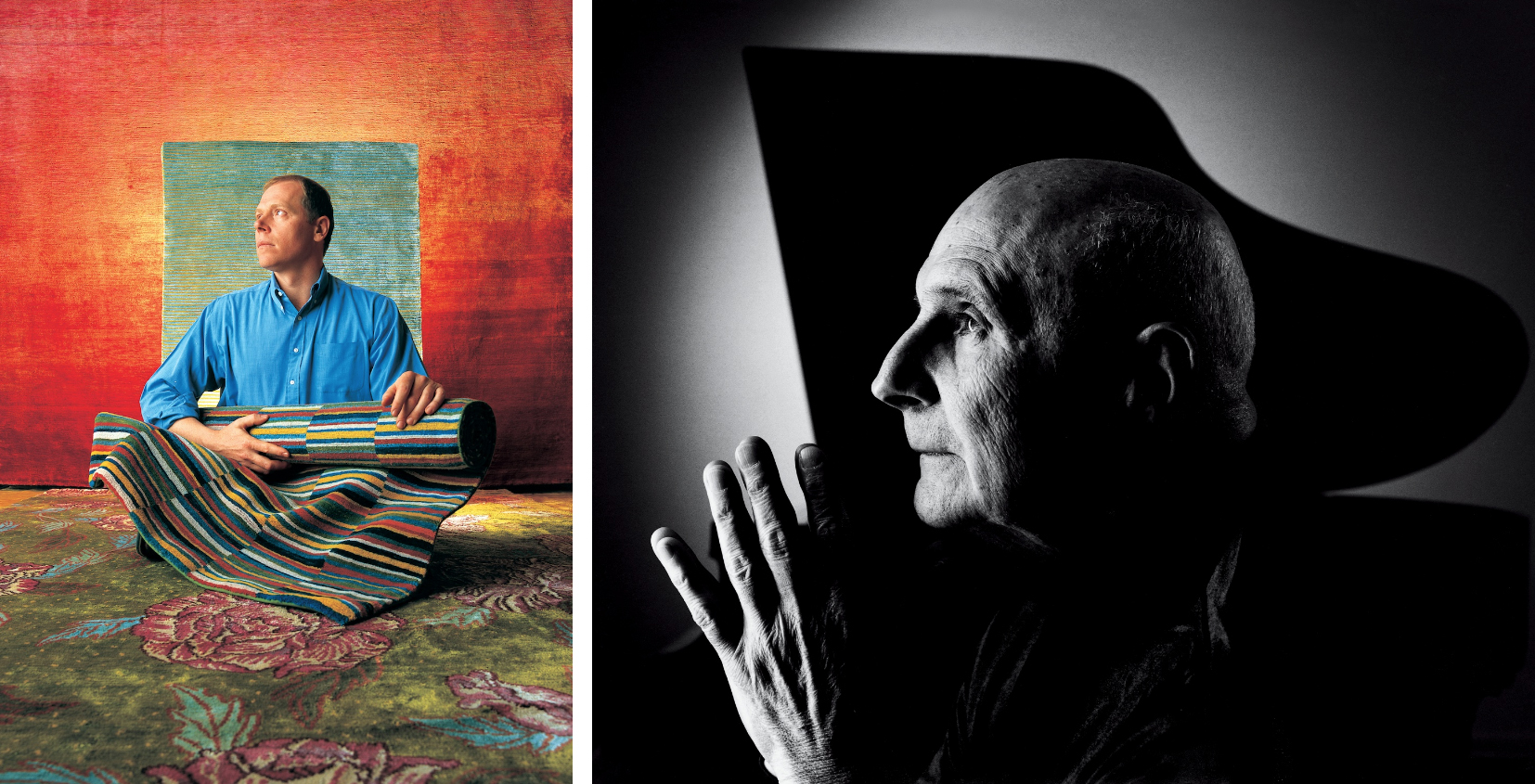
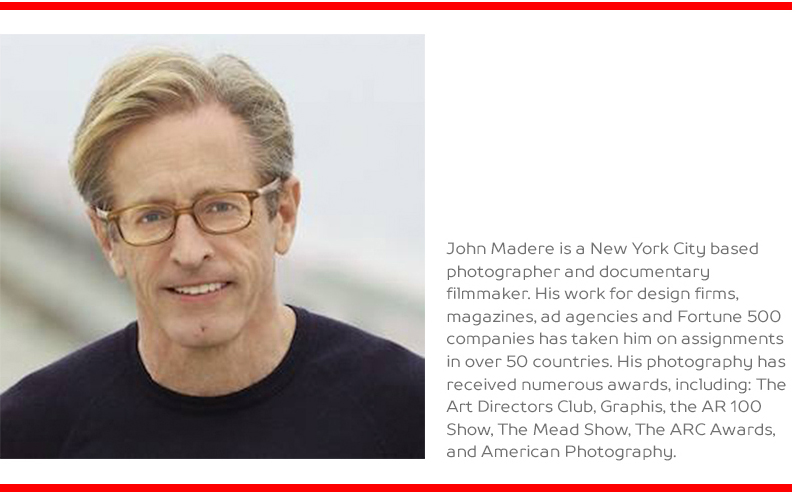
At different points in my career I have done a variety of editorial, advertising, and corporate work. In the past few years the vast majority of my work is for corporate clients.
The demands of my shoots vary quite a bit. If I am doing a very creative environmental portrait that involves an outdoor location, that usually occupies most of a day because of the travel and setup time involved. A typical CEO portrait session usually lasts anywhere from ten minutes to an hour depending on the complexity of the shoot. On the other end of the spectrum, I have done as many as 20 executive portraits on location in a day. It all depends on the logistics and expectations of my client.
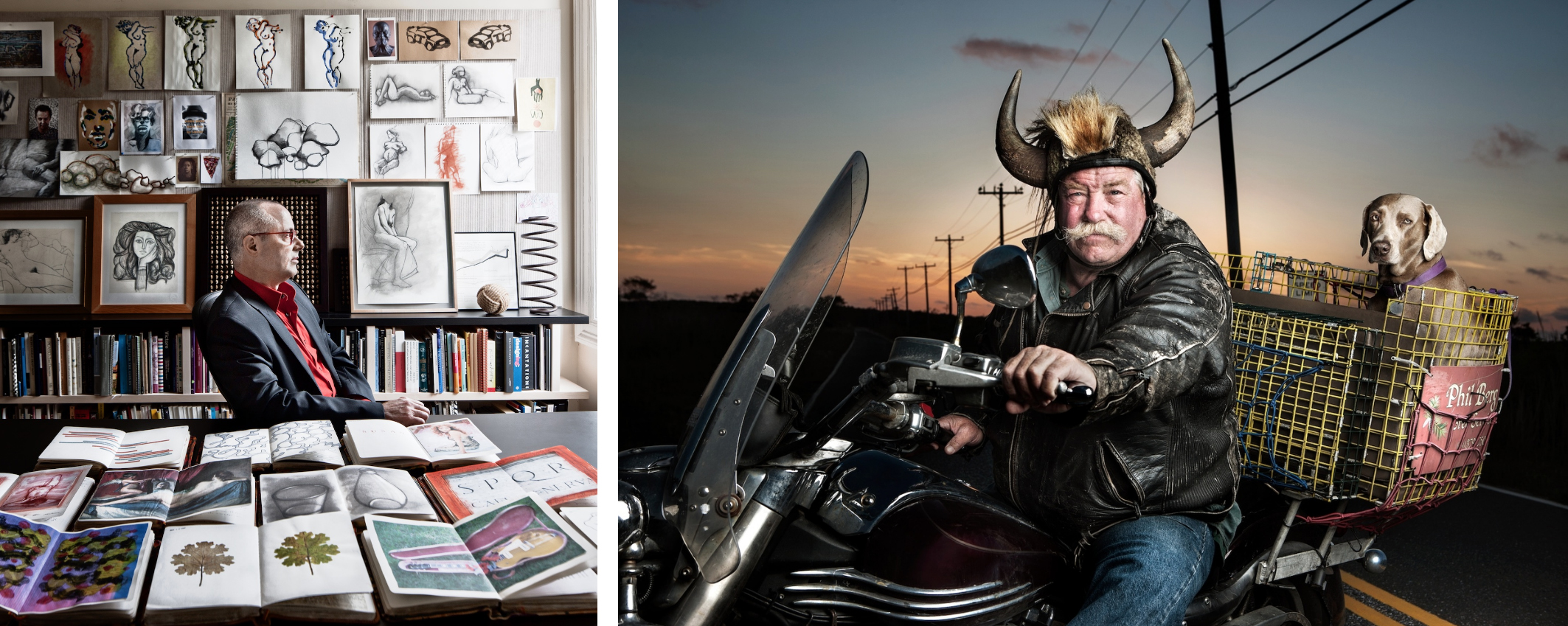
There has been more of an emphasis on creating loose and natural portraits. Stylistically, an open and airy feeling for the environment is now largely favored over that lush, but staid dark wood wall look from years ago. Clients today expect shoots with high-level executives to go much faster and, fortunately, modern camera and lighting technology have made that possible.
Corporate portraiture in general has taken on a much greater role than it has in the past with print only. This is not the case with annual reports in the United States, however. SEC regulations have deemphasized the importance of printed annual reports in the U.S. Fortunately, for me, major corporations seem to be spending money on portrait and reportage photography used on their websites for many other purposes besides annual reports.

Group portraits are a specialty of mine, and something I really enjoy doing. They can be extremely challenging in terms of preparation, lighting, composition, and dealing with the psychological aspects of directing a group of people. Of course, the larger that group is the more difficult those challenges become.
One of the most complex group portraits that I’ve done involved about 250 people in the photograph. It was taken in an amusement park at sunset. The size of the crowd and the need to shoot at just the right time of day put a lot of pressure on my assistants and I to have everything very well planned out in advance.
I had scouted the location days before with my assistants and determined the right spot for my camera; found electrical outlets to run about 20 high-powered electronic flash units; and arranged for the operation of an enormous whirling ride that would carry about 20 passengers as a prominent background element.
In order to make the shoot go as smoothly as possible once the subjects arrived, myself and six assistants arrived about six hours before the shoot with two truckloads of equipment. Once all 250 subjects arrived on set, everyone had to be placed close together and arranged so that no one’s face was blocked by someone in front of them. I also had to compose the group very carefully to make sure that people on the edges of the frames did not get cropped. When it all finally came together it was also my job to make those subjects smile enthusiastically.
John :
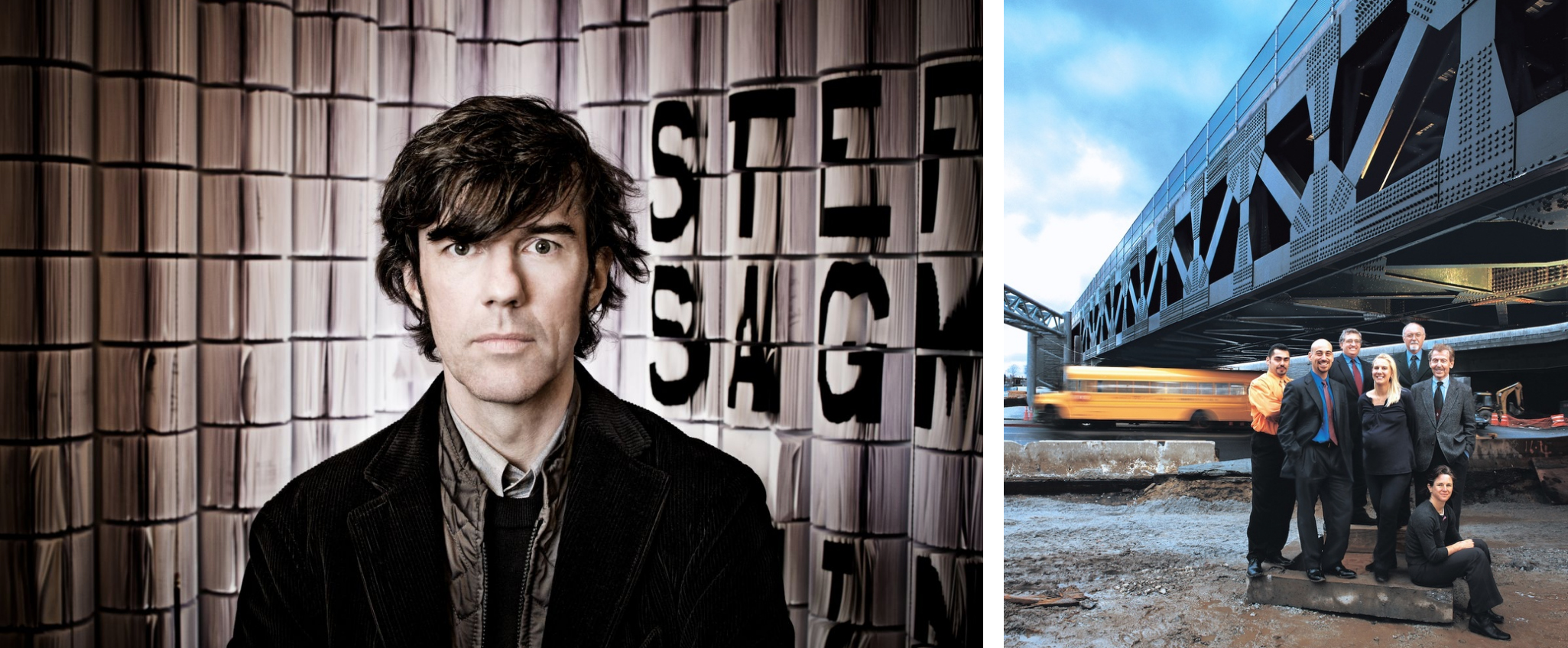
I started directing and shooting short documentaries over the past ten years and that has been a very fulfilling endeavor for me. I enjoy getting into the more psychological aspects of storytelling that filmmaking allows for. It’s also a new skill that my clients have been hiring me for. When I have a photography assignment that takes me around the world for weeks at a time it’s often helpful to my clients that I have the ability to shoot photography and video while on those big trips.
I am a dedicated surfer and have used my interest in surfing to shoot portrait projects that I feel passionate about especially my Tidal Anatomy series. I also get a lot of inspiration viewing art in museums, galleries, books, and magazines. New York is certainly a great place to do that and I try to visit museums in other cities whenever I travel.
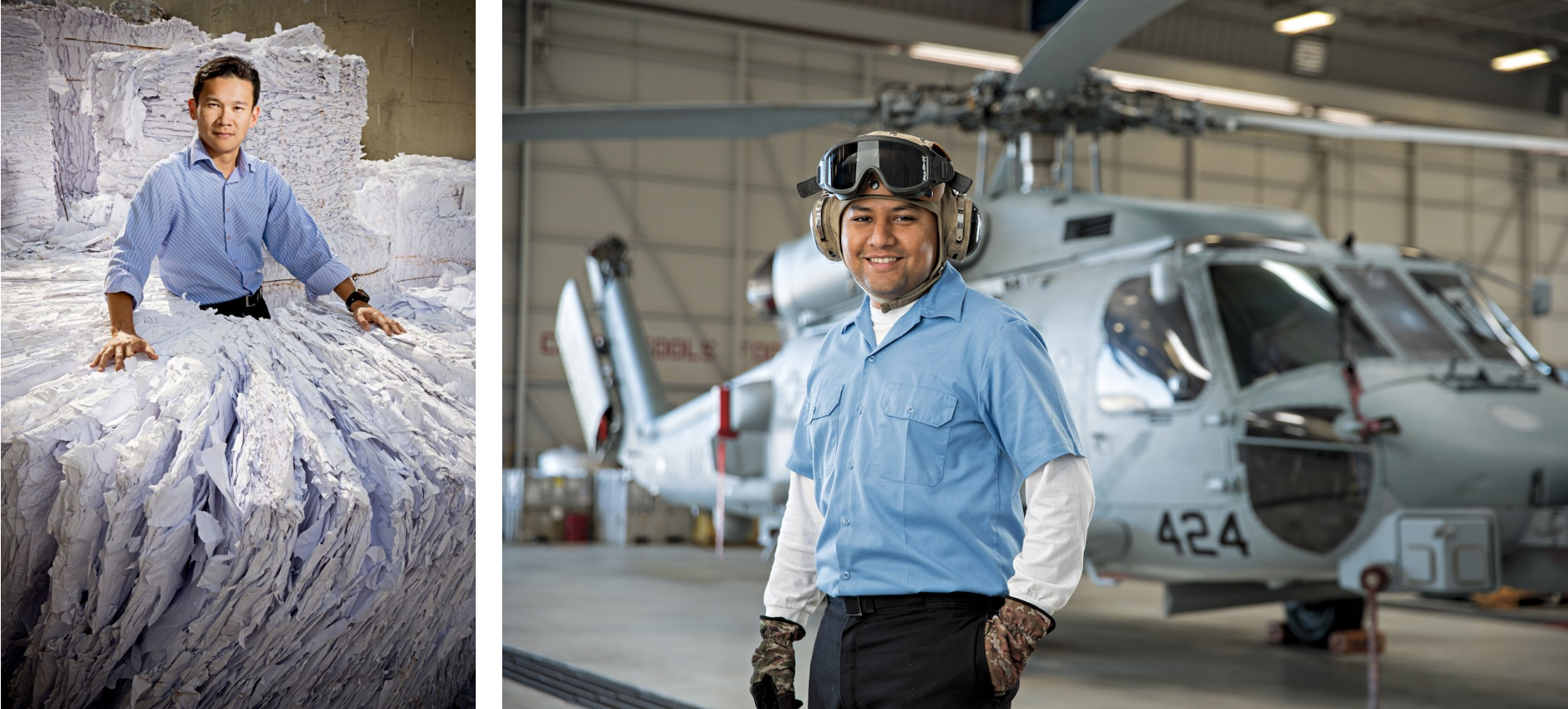
My creative process for commissioned shoots usually begins with a conference call or meeting with my client and the art director for that project. We usually discuss the client’s goals and expectations, limitations of time, budget and locations. I like to have time after that meeting to do some creative research and thinking on my own so I can circle back and present additional ways to make the most of our shoot. Those quiet moments when I am able to come up with an idea that really excites me are usually my favorite moments in the creative process. I’m often able to present ideas that my art director and client love but had not previously considered.
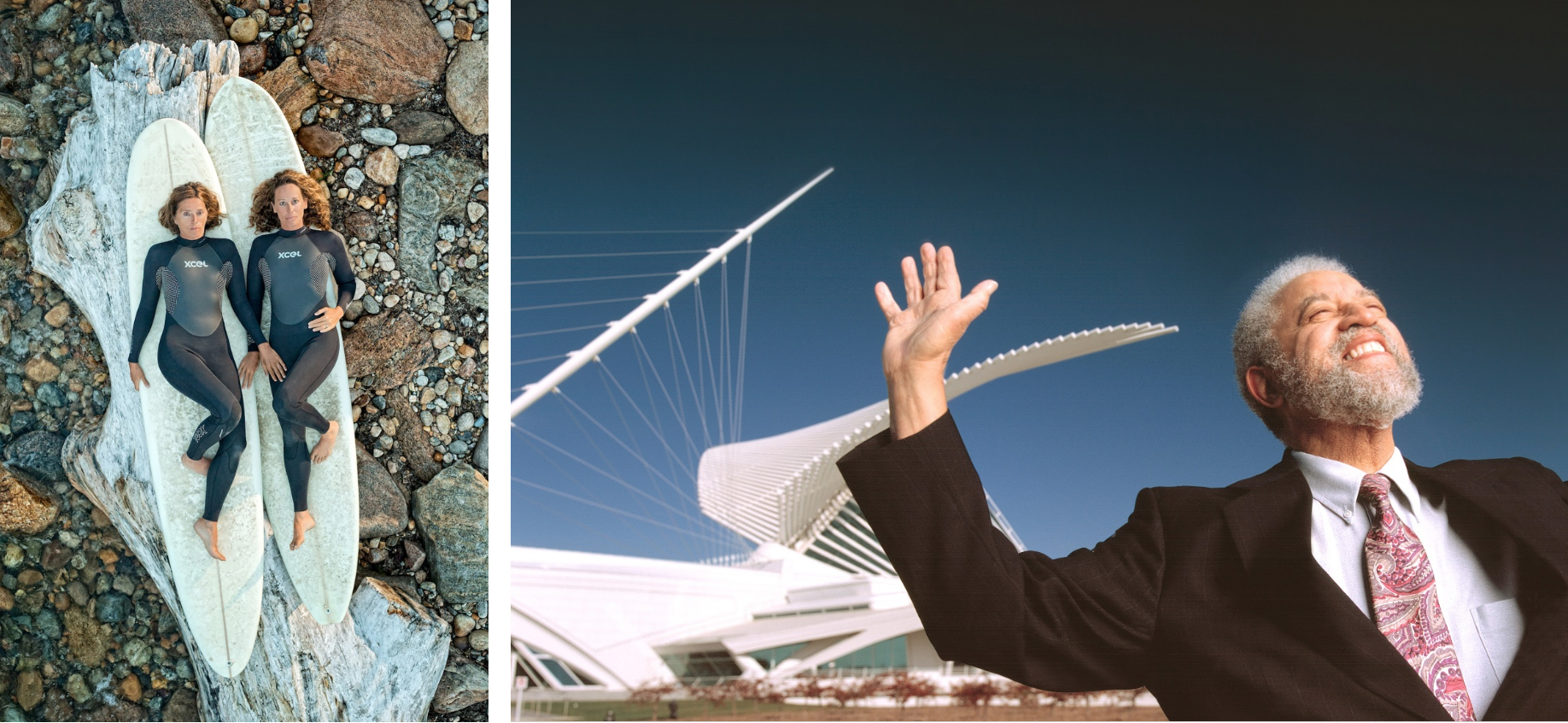
That varies a lot from one shoot to another. I’m sometimes hired to carry out the wishes of a client or art director who has pre-conceived and approved ideas in mind. I try to work to accomplish their goals and then go beyond that with some creative ideas of my own. My more long-term relationships with creatives and clients offer an extra degree of confidence in my abilities and creativity and that gives me more freedom to express my own version of the photographs.
Whenever possible I prefer to have my re-toucher do the post-production work on my photographs. Great retouching is not just about correcting problems, it’s also about expressing the photographer’s and art director’s vision by finessing the final look of the photograph.
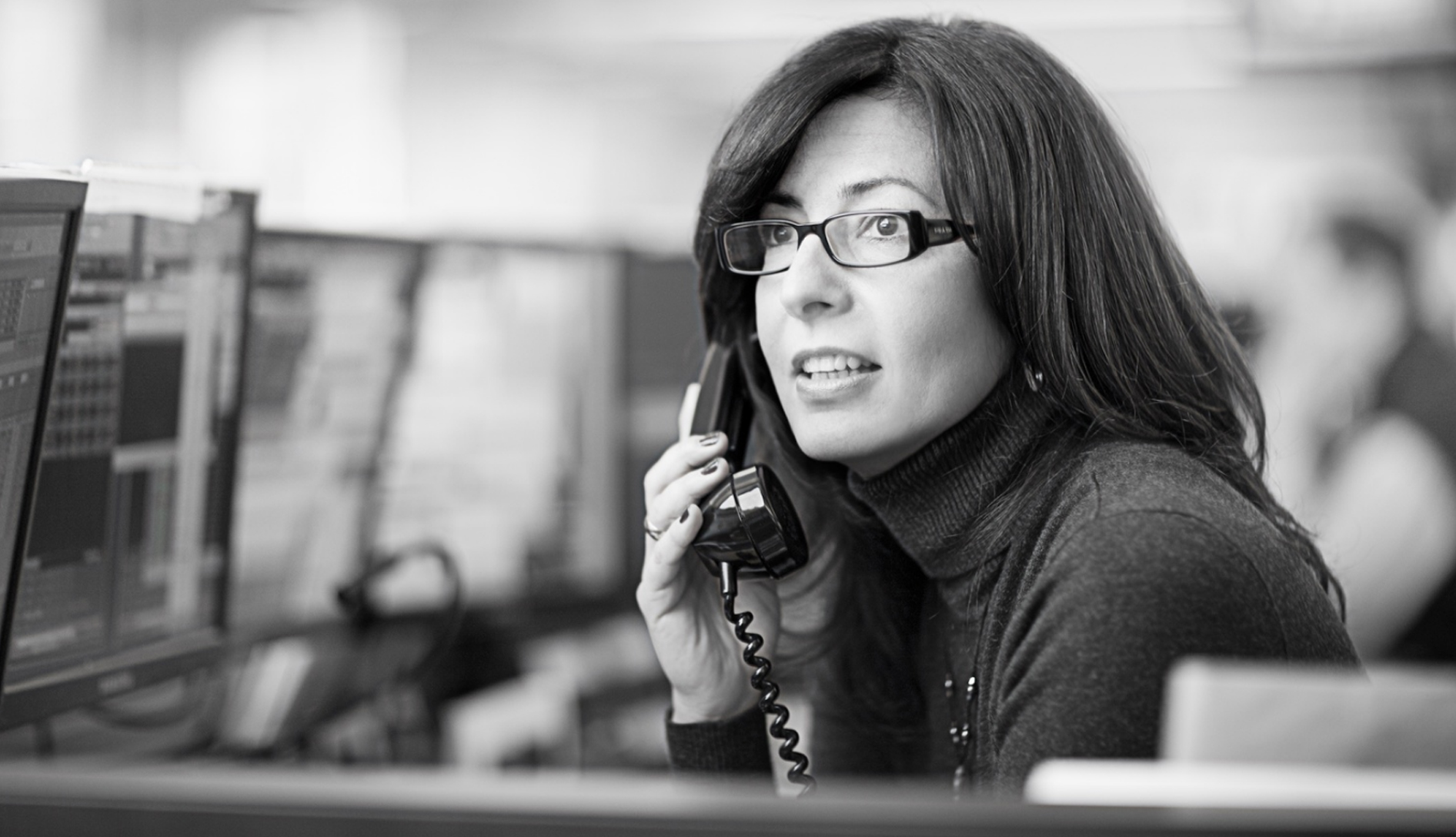
It’s easier than ever to see examples of great photography online. If you want to be the best in a field that is always rapidly changing I recommend studying the work of not only the best portrait photographers but also great portrait painters and sculptors.
On the less inspiring end, the technical aspects of photography are also improving at an incredibly fast rate and it’s important to master the tools and techniques that allow photographers to be their most creative and productive selves. Photographers and creatives are under ever increasing pressure with regard to budgets, time, and client expectations. If you’re going to be successful in such a highly competitive field, you’ve got to be practically obsessed with being the best both creatively and technically.
